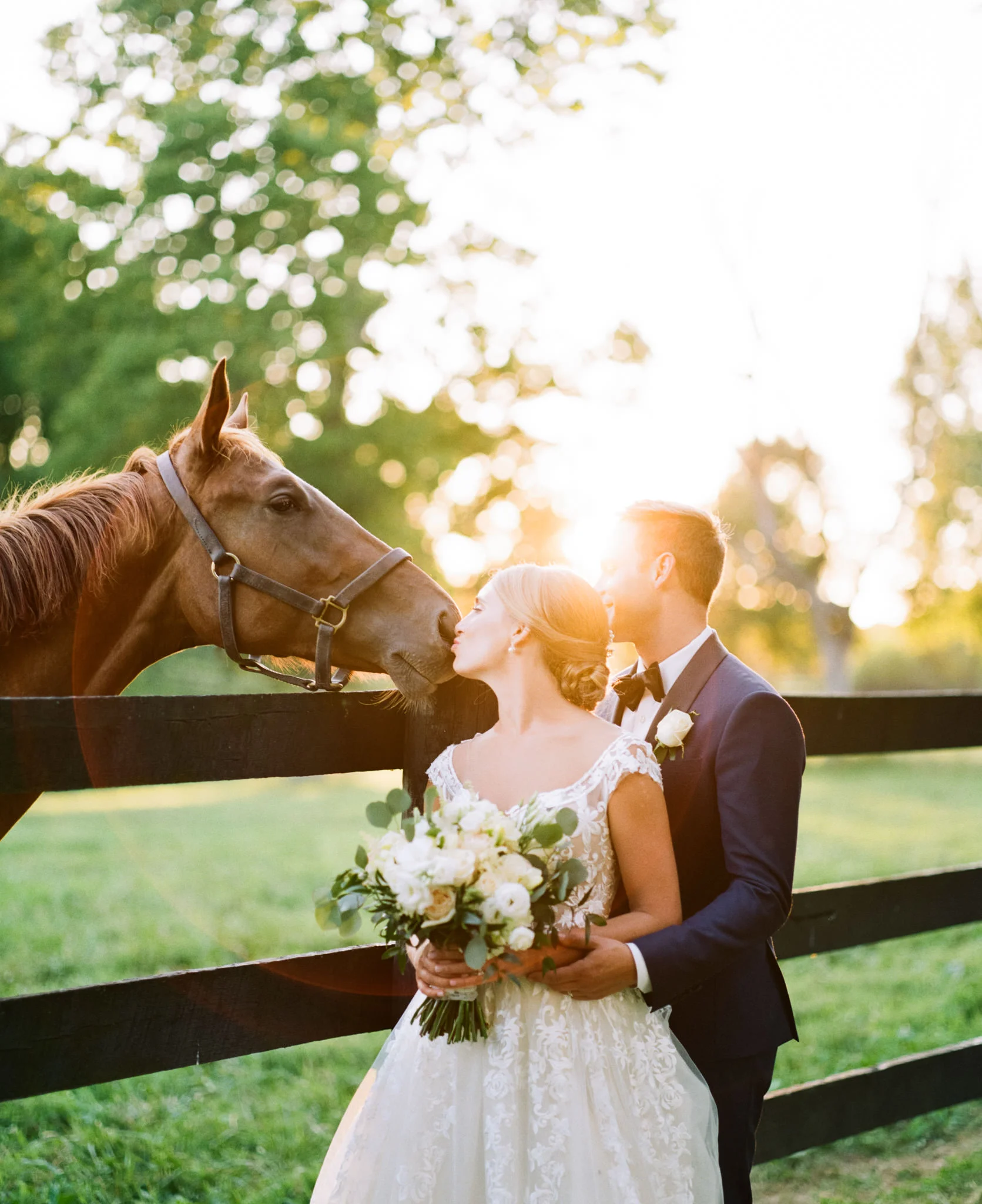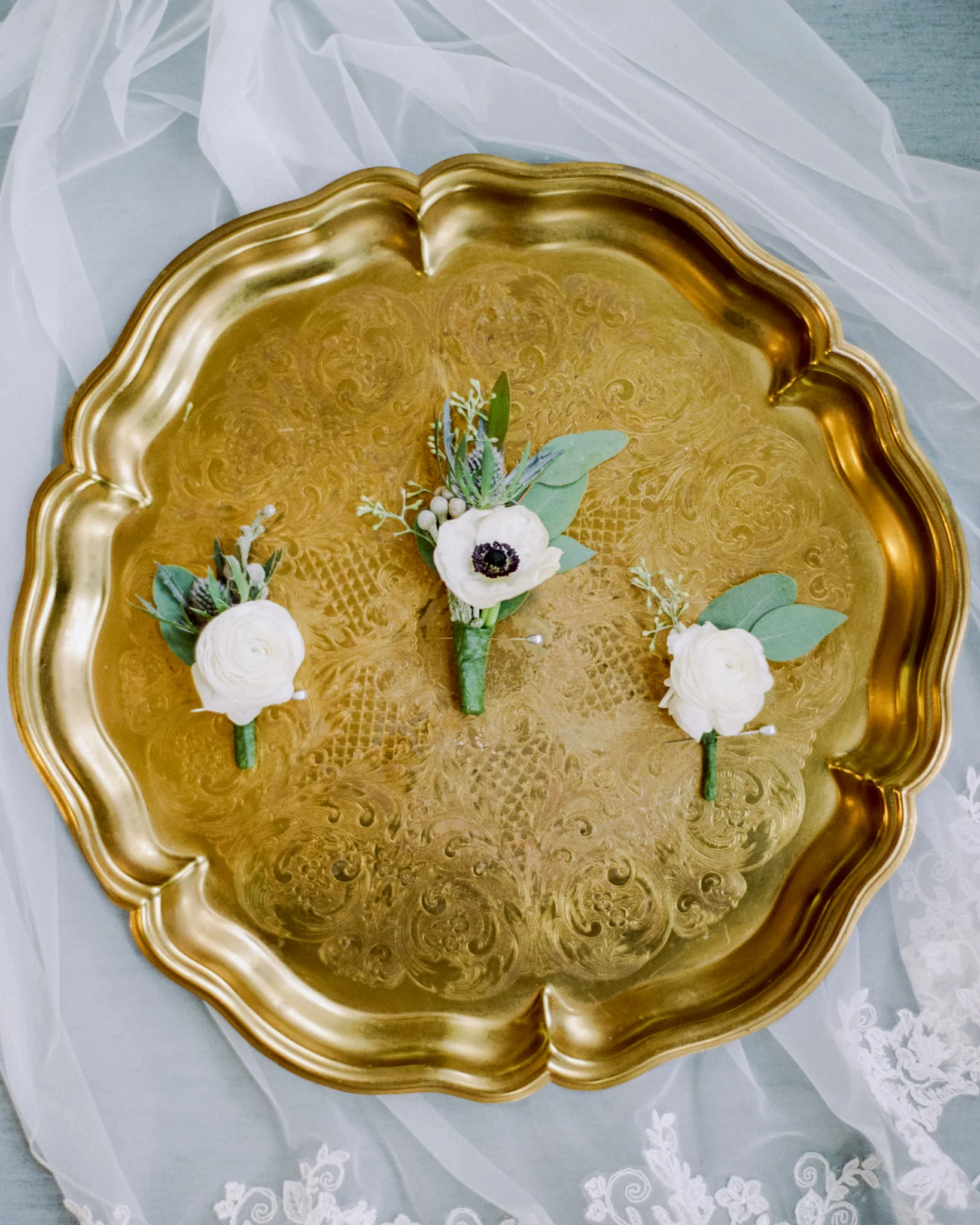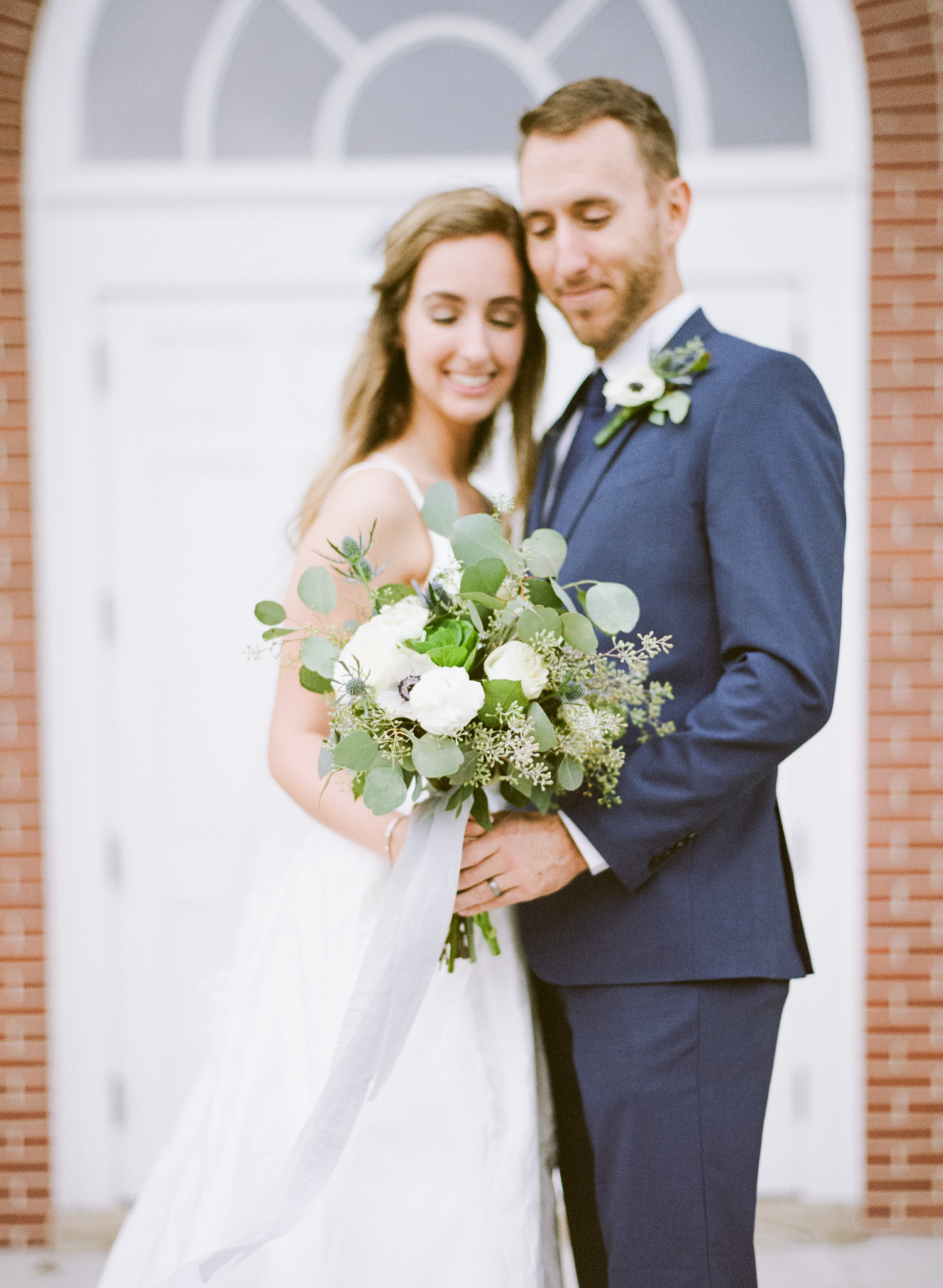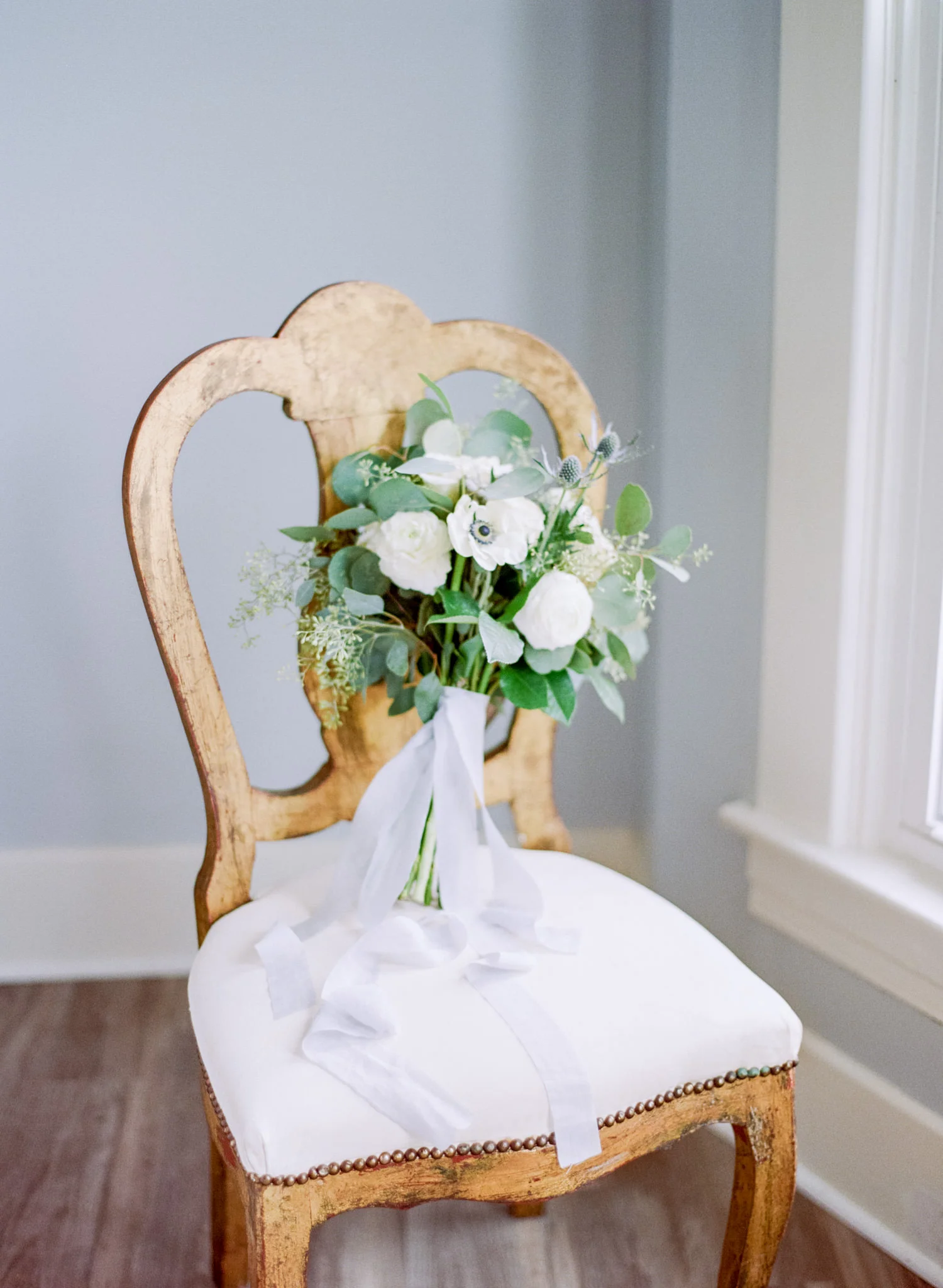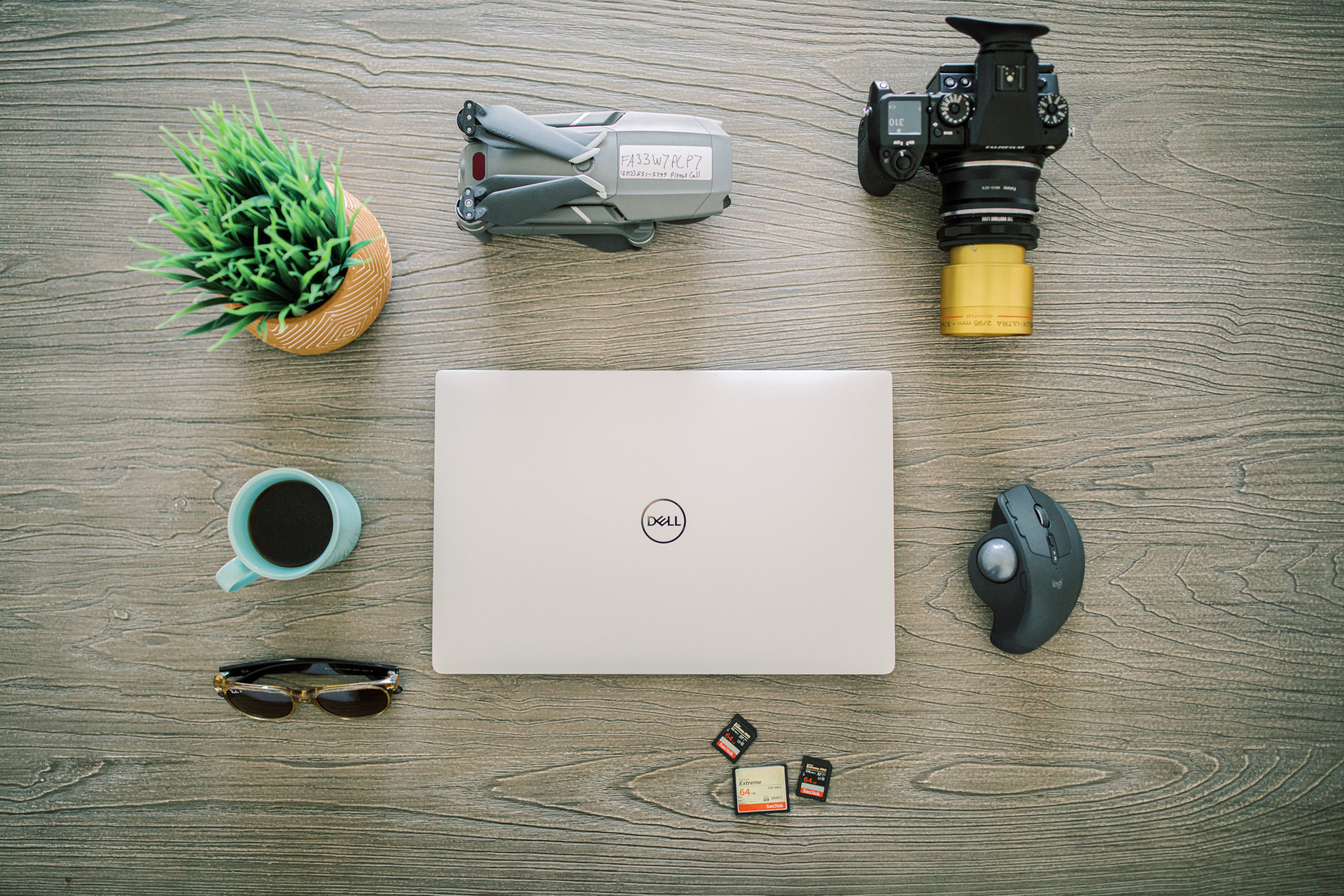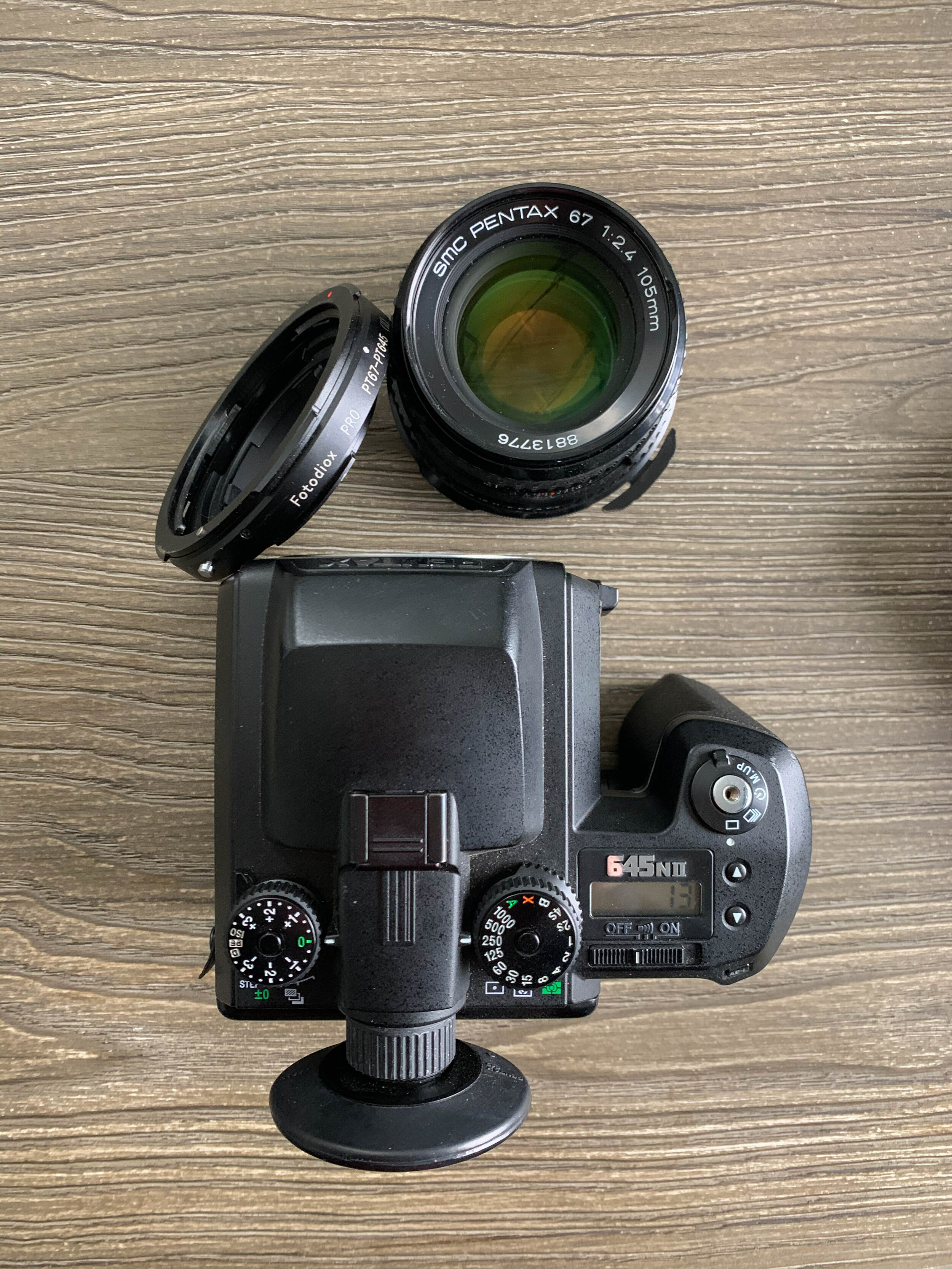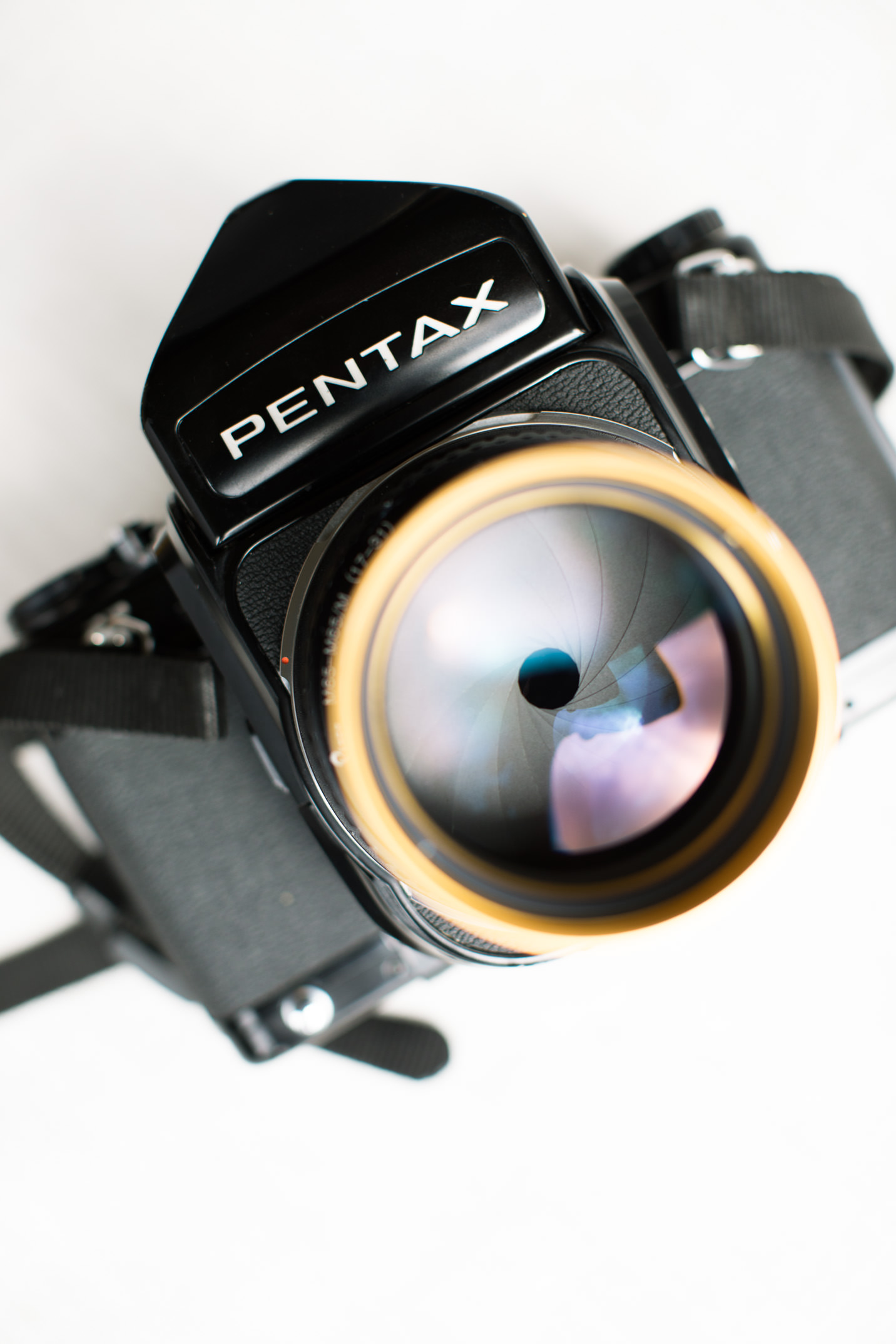Note: This post is part of our "Learn Blog" for photographers. For workshops, coaching, and other resources designed to help grow your skills as a photographer click here (after you read the article, of course)! To be transparent, all links are paid advertising, as a portion of any purchase made while using these links is credited to us. Please, consider using our links to help support what we do! Thank you!
Portra 800 is one of those film stocks that is absolutely amazing. From the colors, to the grain, to the contrast—this film does not disappoint. So, it’s with excitement that I present my Portra 800 review!
When and Why We Use Portra 800
Portra 800 Example: Sunset image from Jon & Emily’s Polo Barn Wedding in Lexington Ky taken with Pentax 67 and Portra 800 rated at 640 ISO
I’ll begin by saying that we exclusively use Portra 800 in its 120 format. If we’re wanting to shoot 35mm high speed film, we’ve gravitated towards Superia 1600 or the Japanese marketed Natura 1600.
We like to shoot our film about one to two stops over-exposed. That means that our Fuji 400H is metered in the shadows at 200 ISO. On overcast days, or as we near sunset, Fuji 400H is just not going to cut it. Enter, Portra 800.
Portra 800 Example taken with Portra 800 120 film
I have no fear of shooting Portra 800 at 800. It looks rich, well-saturated, and all together great at box speed. Honestly, if Portra 800 were the same price as Fuji 400H, we would be tempted to use it ALOT more in places of Fuji 400H.
Portra 800 vs Fuji 400H for Low-Light
Notice in the images below how much better the Portra 800 example turned out compared to the Fuji 400H example in this scenario. We metered around ISO 400 or so, although the Fuji 400H ended up looking even worse than I expected, leading me to believe it was a bit underexposed out of necessity.
It becomes very obvious that the Portra 800 example retains contrast and color balance much better than our Fuji 400H could in this overcast, fairly dim lighting.
Be sure to pay attention to the deep shadows, the blues, and the greens. The Fuji 400H ended up looking very muddy, in my opinion, while the Portra 800 is very pleasant and better represents what my eye saw.
Image taken with Portra 800 120 film
Image taken with Fuji 400H 120 film (slightly underexposed, probably)
Contrast
We’ve found Portra 800 to be a bit more contrasty than Fuji 400H. To us, it’s contrast is similar to Portra 400.
Color and Saturation
Portra 800 will bring out your orange tones. We actually love using it at sunset for this reason. All your oranges, yellows, and correspondingly your browns tend to have a bit of a boost, from our experience. This is, of course, great for skin tones.
Sunset image from Jon & Emily’s Polo Barn Wedding in Lexington Ky taken with Pentax 67 and Portra 800 rated at 800 ISO
How to Rate Portra 800
As we discussed in the paragraph prior, we primarily use Portra 800 for scenarious where we need a faster speed film. With that said, we prefer to rate Portra 800 around 640, or even at 400.
It does great even at 800 ISO, so no worries in those dim moments where you need more speed. We’ve found this film to be so versatile that you’ve got plenty of room for error without harming your final product.
Grain
Portra 800 grain is very fine. Very never had an instance where we’ve looked at an image from Portra 800 and said, “Ooo, that’s grainy.” Now, with that said, we typically don’t shoot it any faster than its box 800 speed.
So, we can’t say too much about what results you may find beyond 800.
Image taken with Portra 800 film
Portra 800 vs Portra 400
For us, Portra 400 has never been a big contender with Portra 800. We primarily shoot with Fuji 400H and love how it renders, so we don’t tend to shoot Portra 400 during the day.
We have seen examples of Portra 400 pushed, even 3 stops. We tried some pushing and found that we just weren’t that big of fans for our type of work. However, Portra 800 filled that gap of needing something a bit faster to use when light starts escaping us.
If you look at the examples below you’ll see that both Portra 400 and Portra 800 appear pretty similar in daylight.
Image taken with Portra 800
Image taken with Portra 400
Conclusion to Our Portra 800 Review
Overall, Portra 800 is a beautiful film stock whose biggest drawback is price at around $10 per roll. Photographers who want a more desaturated and less contrasty look may find it to be a bit much, but when the light starts escaping like it often does during wedding days, there’s no better medium-format film option than busting out a roll of Portra 800.
If you’ve used Portra 800, please be sure to comment and share your thoughts in the comment section below!


